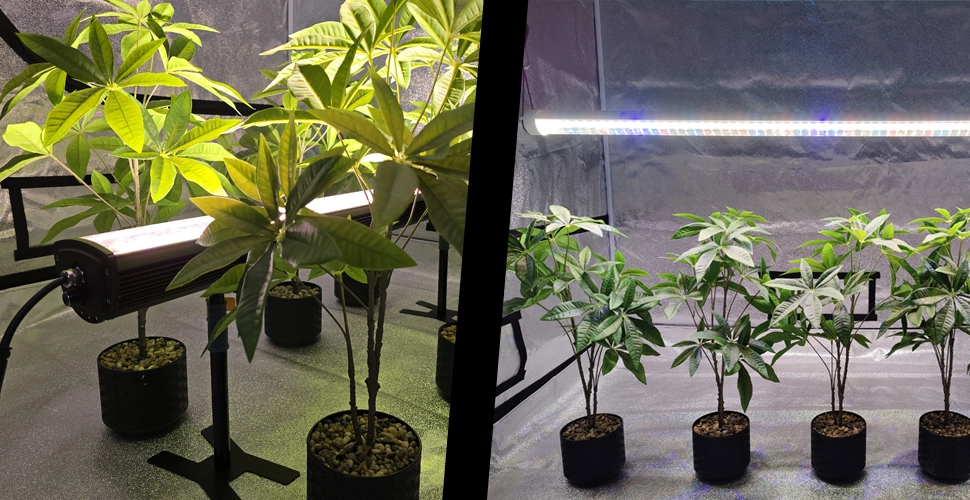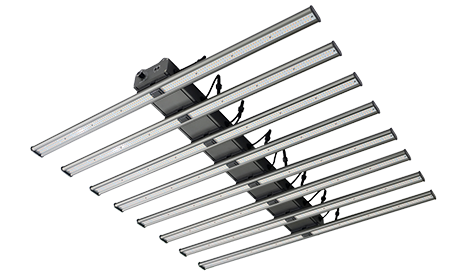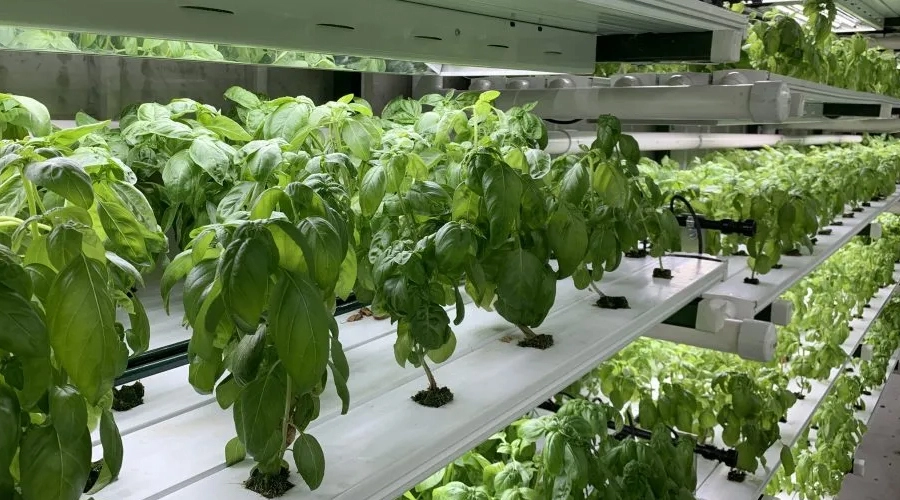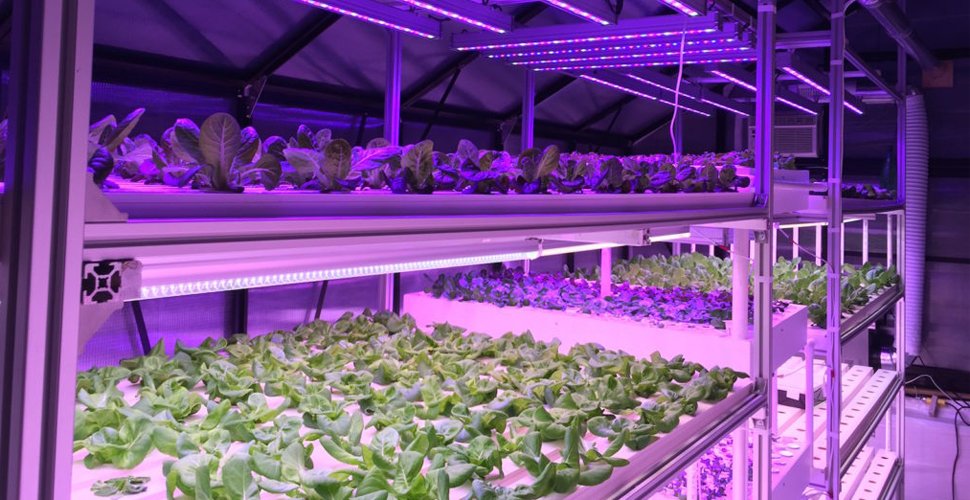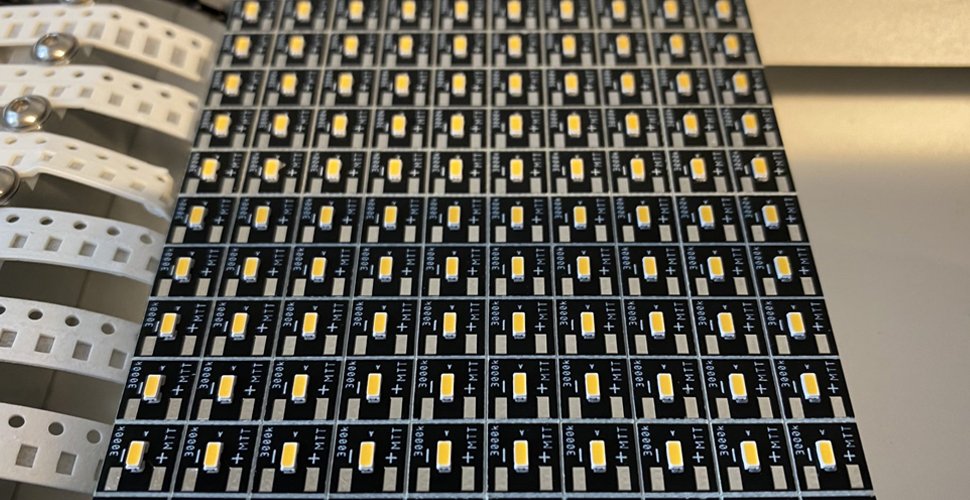Maybe you’re interested in LED under canopy lights but are hesitating because of their high price. Have you been wondering if you could use T8/T10 LED grow light tubes instead of the specially designed under canopy lighting(UCL) for your plants’ lower leaves?
A lot of home growers face this same dilemma — how to keep plants healthy while managing costs.
There are some big differences in function, specifications, performance, and price between the grow light tubes and under-canopy lighting. So, which one is the better choice for your plants?
We’ll dive into the design differences, spectral performance, and best uses for both types of lighting, helping you make a smart decision. Whether you’re looking to provide the perfect light for home growing or you’re aiming to boost your plant yield with more professional lighting, we hope you’ll find the solution that best suits your needs.
Under Canopy Lighting vs. Grow Light Tubes - Key Differences
Purpose & Installation
Under Canopy Lighting. These lights are usually installed below shaded structures, like large plants, fruit trees, or greenhouse tops. The goal is to ensure that the lower leaves of the plants get even lighting as well.
Grow Light Tubes. They are typically set up on vertical planting racks, hydroponic systems, or placed close to plants. They mainly help leafy greens in hydroponic setups grow strong and healthy.


Spectrum & Power
LED grow light tubes have a simple spectrum, usually including full spectrum (suitable for all plant growth stages), blue light (which promotes leaf growth), and red light (which encourages flowering and fruiting). Some tubes even combine red and blue light (to accelerate plant growth) or UV light (to boost disease resistance).
In the industry, T5/T8/T10 tubes are commonly used for growing leafy greens, which don’t need intense light. Their input power is typically between a few dozen watts and 100 watts. However, because of their limited spectrum and lower power, these LED light tubes are not suitable for flowering and fruiting under large plants.
On the other hand, under canopy LED lamps are designed specifically for bottom leaf growth offering a more precise spectrum. Some plant light manufacturers with customization options can adjust the spectrum and power according to your specific plant needs or growing environment, helping make your growing process more efficient.
I’ve gathered a few brands of under canopy LED lighting for comparison, and you’ll notice that typical LED under canopy lights have a power of 120W (PPF: 340μmol/s), with some manufacturers offering versions of 200W (PPF: 550μmol/s) or even 260W (PPF: 660μmol/s). It’s important to note that the spectrum of UCLs can vary between manufacturers, so when choosing, make sure the spectrum matches your needs.
Cena
When comparing LED tubes and UCLs, one of the most obvious differences is the price. However, it’s important to understand that these two types of lighting have different structures and designs, which means they require different materials.
Differences in Structure and Design
LED grow light tubes have a simpler design, usually in a straight tube shape. The structure is relatively basic, and the production process is straightforward, which results in lower material costs.
Under canopy LED grow light, on the other hand, have a more complex design. They typically require multiple layers of light-transmitting structures and higher-intensity light sources to ensure they can penetrate the tops of large plants and reach the lower leaves.
UCL fixtures not only need to provide stronger light intensity but also require better light distribution and uniformity. This demands more custom designs and high-quality materials, making their manufacturing costs much higher.
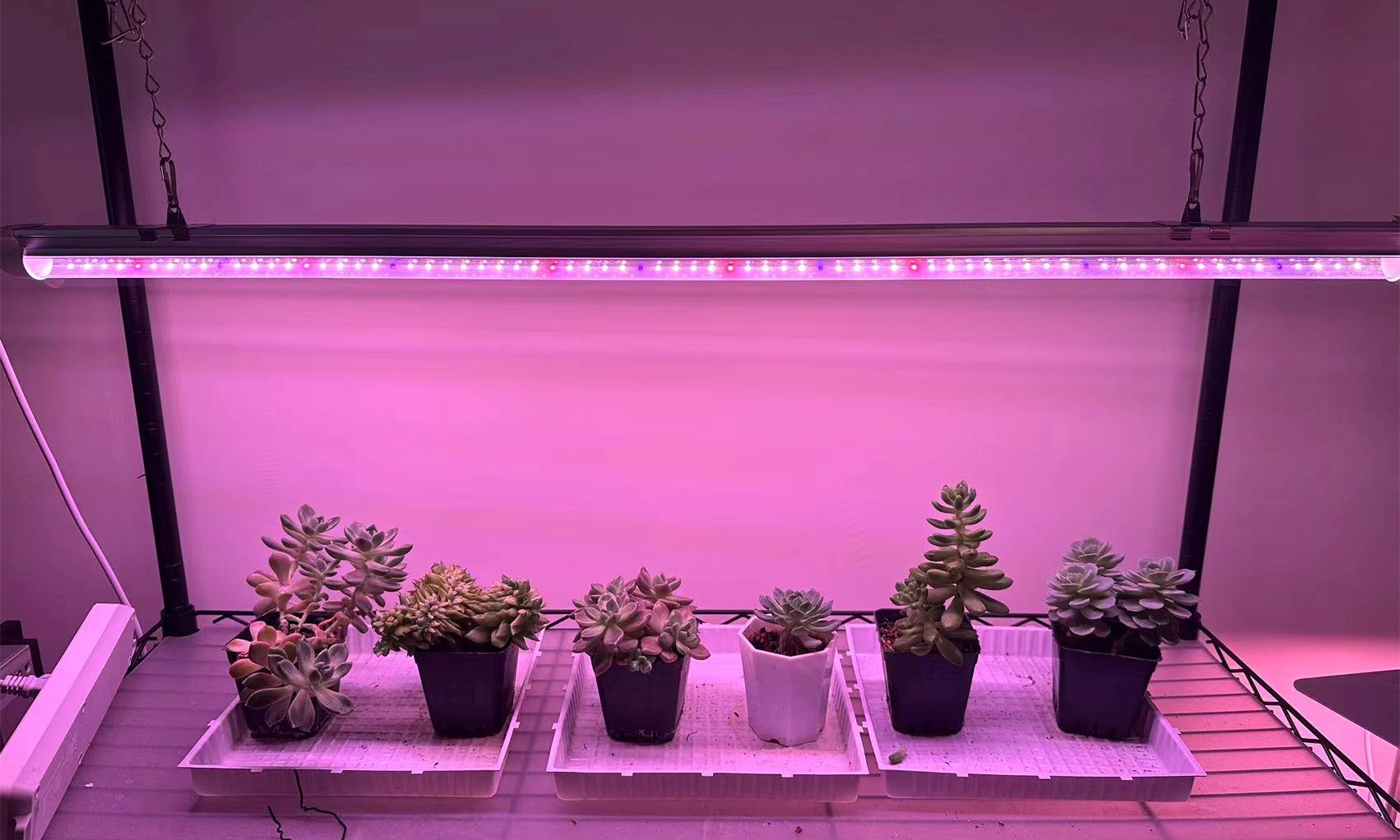
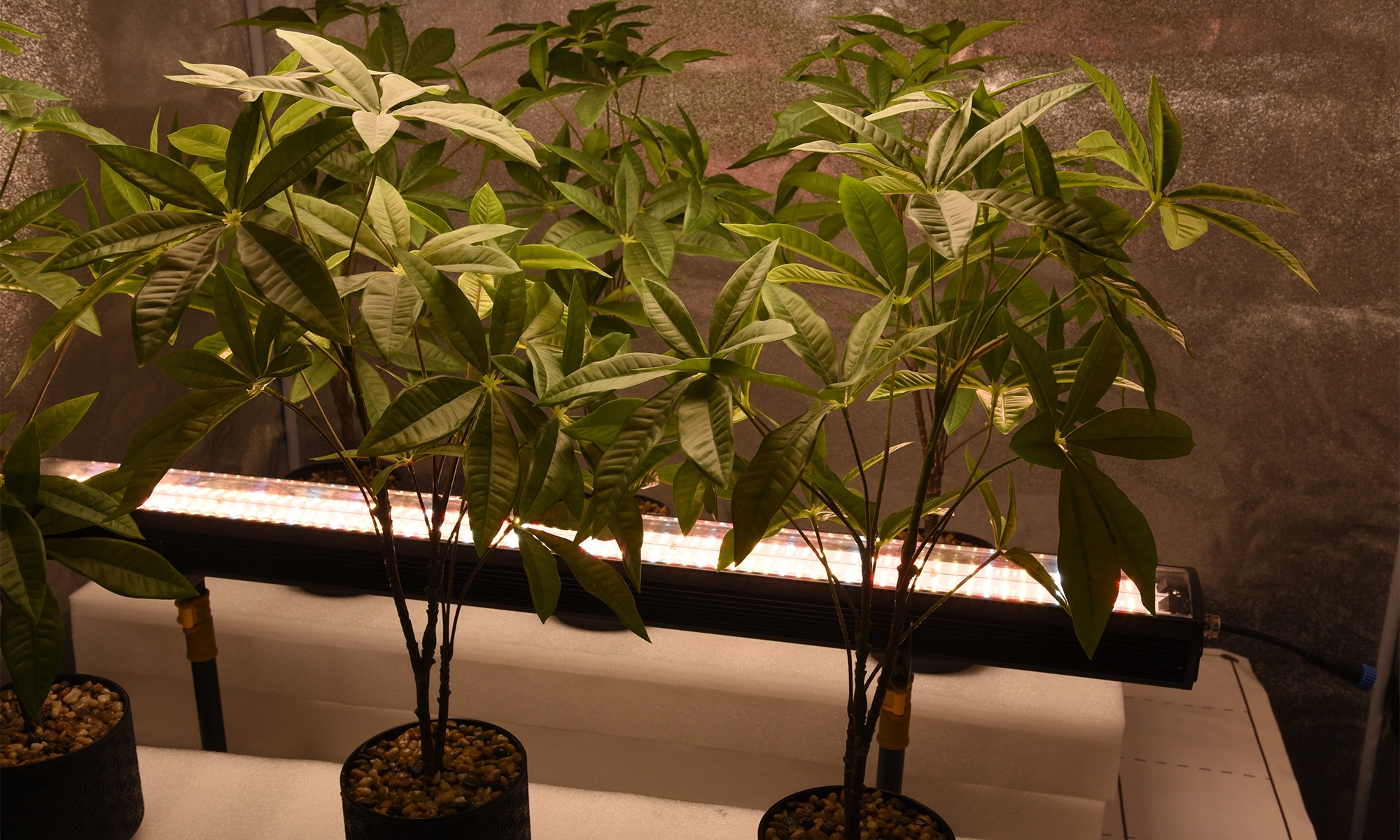
Differences in Drivers and Technology
T8/T10 tubes generally use more basic drivers with lower energy efficiency and power output, making their production costs more affordable.
Under canopy LED light, however, use drivers that output higher power and need precise spectrum adjustments to meet the needs of plants at different growth stages.
The built-in drivers also require heat management and other advanced technologies, meaning the casing is usually made of aluminum to ensure long-term stability and efficiency.
Choose the Right Lamp for Your Plants
If you’re just looking for a simple plant lighting solution, LED T8/T10 tubes are an affordable choice, especially for plants like leafy greens that don’t require high light levels.
However, if your goal is to provide bottom lighting for large plants or you need a high-intensity, precise spectrum to boost growing efficiency, the under canopy grow lighting is the better option. While they come at a higher price, they offer long-term benefits by speeding up plant growth and increasing yields.
Jayes
Jako digitální marketingový manažer ve společnosti AUXGROW spojuje Jayes vášeň pro hydroponické systémy a odborné znalosti v oblasti LED pěstebních světel. Díky praktickým zkušenostem a hlubokému porozumění vás Jayes provede světem udržitelného pěstování.

